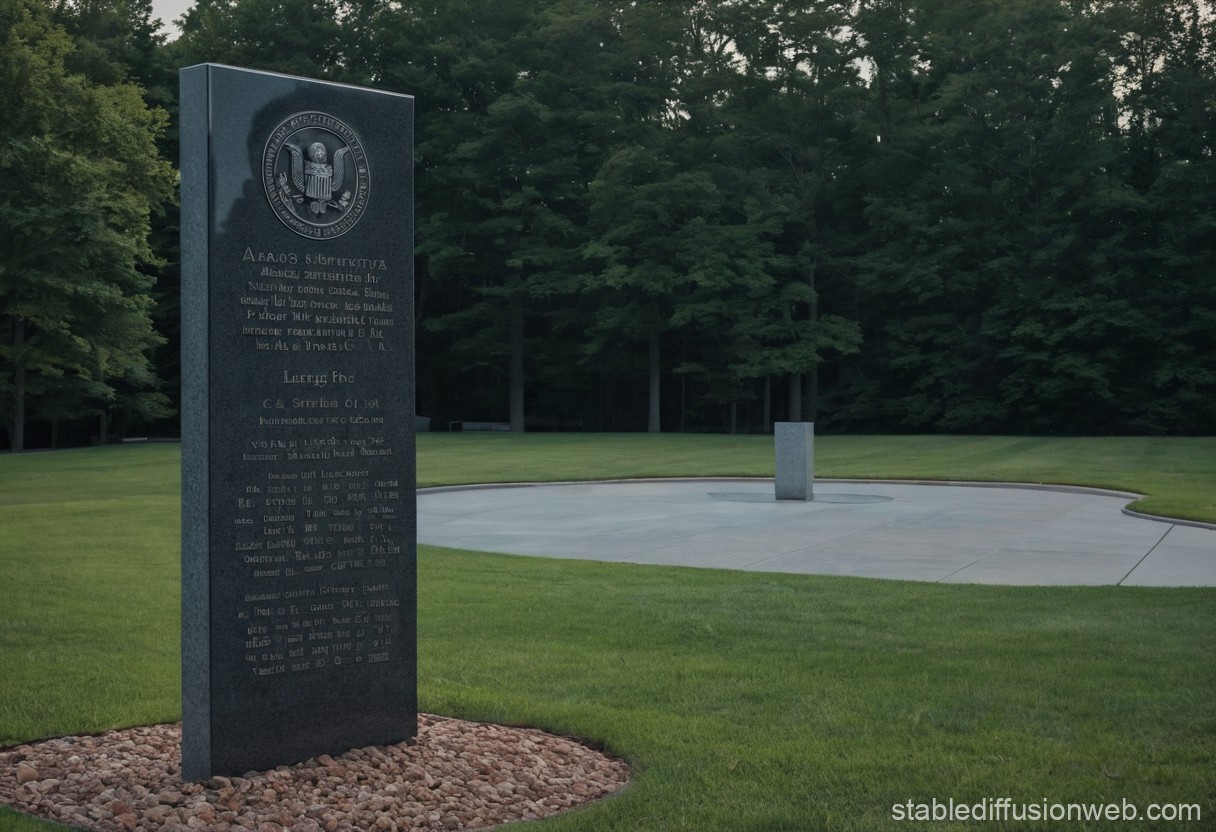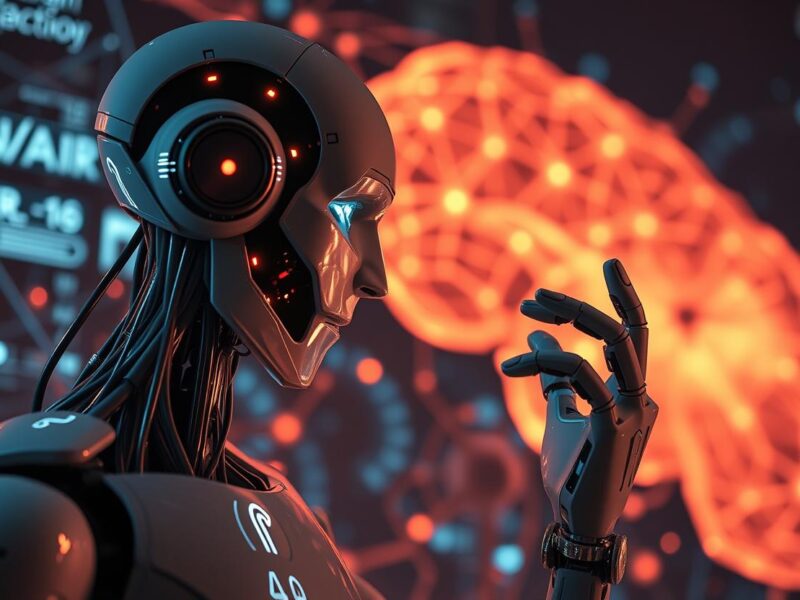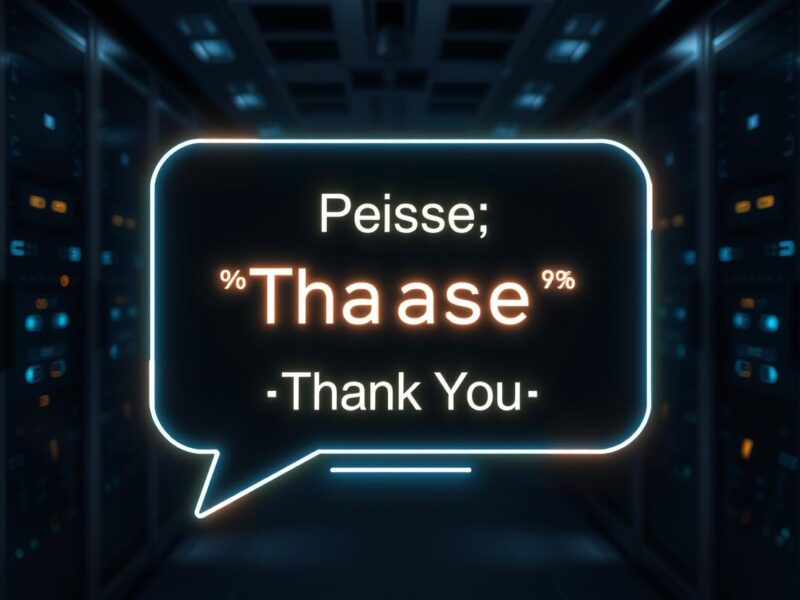In the shadow of the CIA headquarters in Langley, Virginia, lies Kryptos, a cryptographic masterpiece by Jim Sanborn that has puzzled minds since 1990. With three of its four messages deciphered, the final sequence stands as a testament to human intellectual humility—a mystery unsolved despite decades of effort by both experts and enthusiasts. Yet, in an era where artificial intelligence is often hailed as a panacea, a troubling trend emerges: the belief that AI can effortlessly conquer such challenges.
Why do we so readily attribute infallibility to machines? Sanborn, the sculptor behind Kryptos, has observed a surge in submissions from individuals convinced that AI chatbots have unlocked the puzzle’s final secret. These claims, devoid of the rigor and dedication traditionally associated with cryptography, reflect a broader societal shift towards uncritical trust in algorithmic solutions. The artist’s introduction of a review fee underscores not just the volume of these assertions but their disruptive impact on genuine intellectual inquiry.
The confidence exhibited by these self-proclaimed solvers is not merely amusing; it’s emblematic of a deeper ethical quandary. At what point does reliance on AI erode our capacity for critical thought and self-reflection? The phenomenon extends beyond Kryptos, with studies indicating a propensity to favor AI-generated advice over human judgment, potentially diminishing the richness of human interaction and collaborative problem-solving.
Sanborn’s experience serves as a cautionary tale about the dangers of overconfidence in technology’s capabilities. It prompts us to question the accountability of those who deploy AI tools without understanding their limitations, and the societal implications of a culture that values quick answers over meaningful engagement with complex problems. As Kryptos remains unsolved, it stands not just as a cryptographic challenge, but as a symbol of the enduring value of human curiosity and perseverance in the face of technological hubris. 🔍


